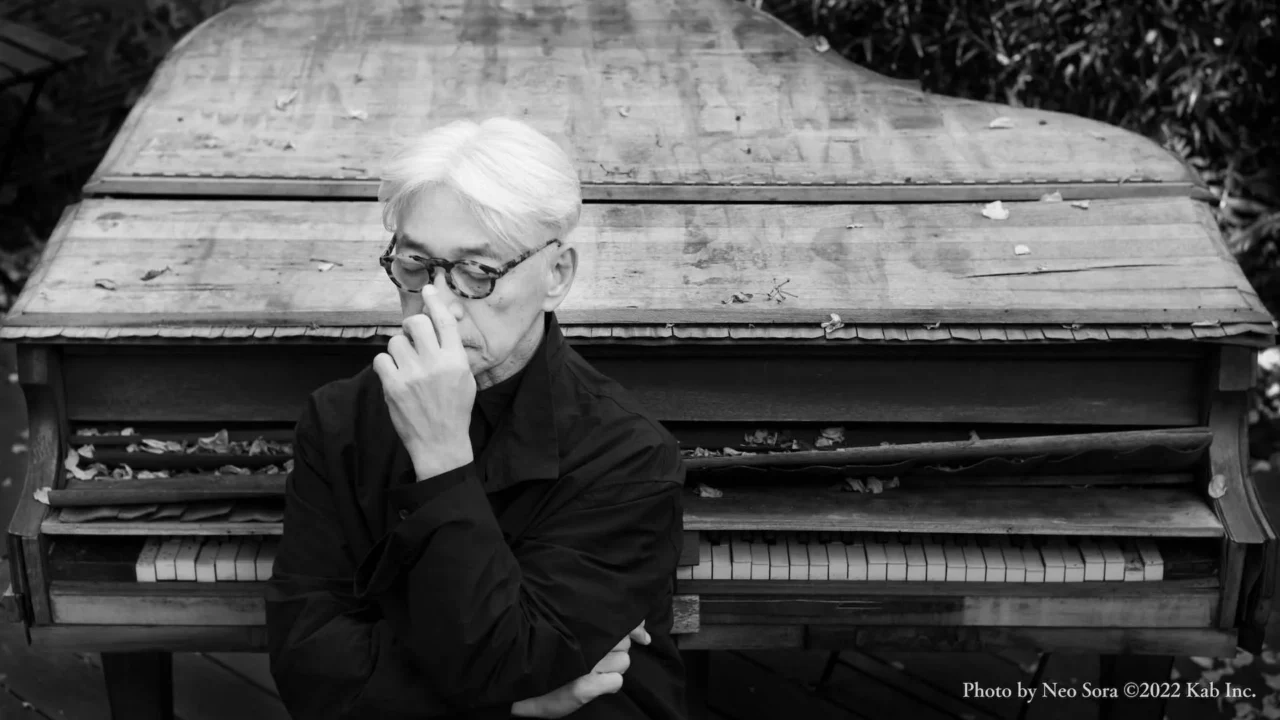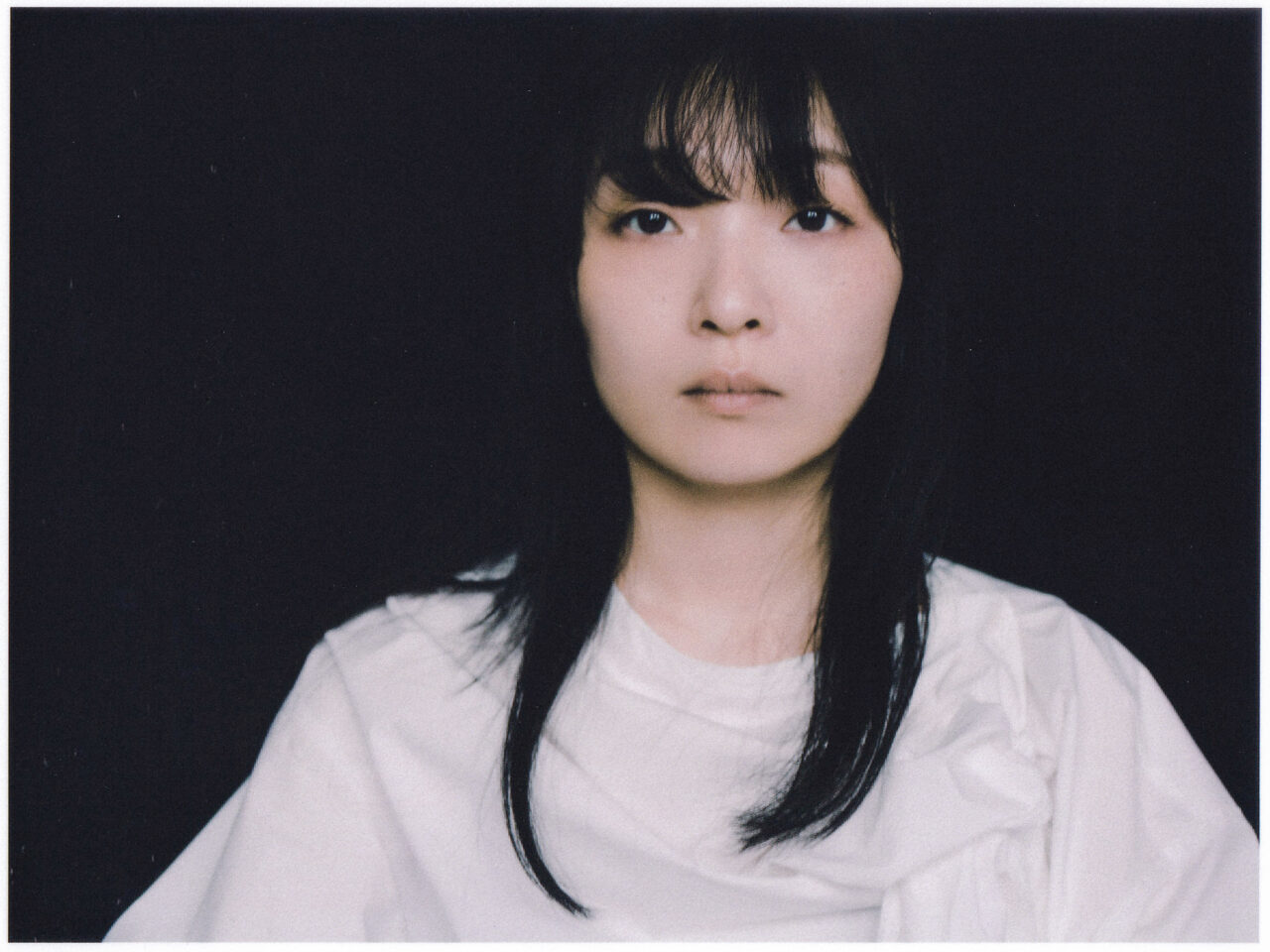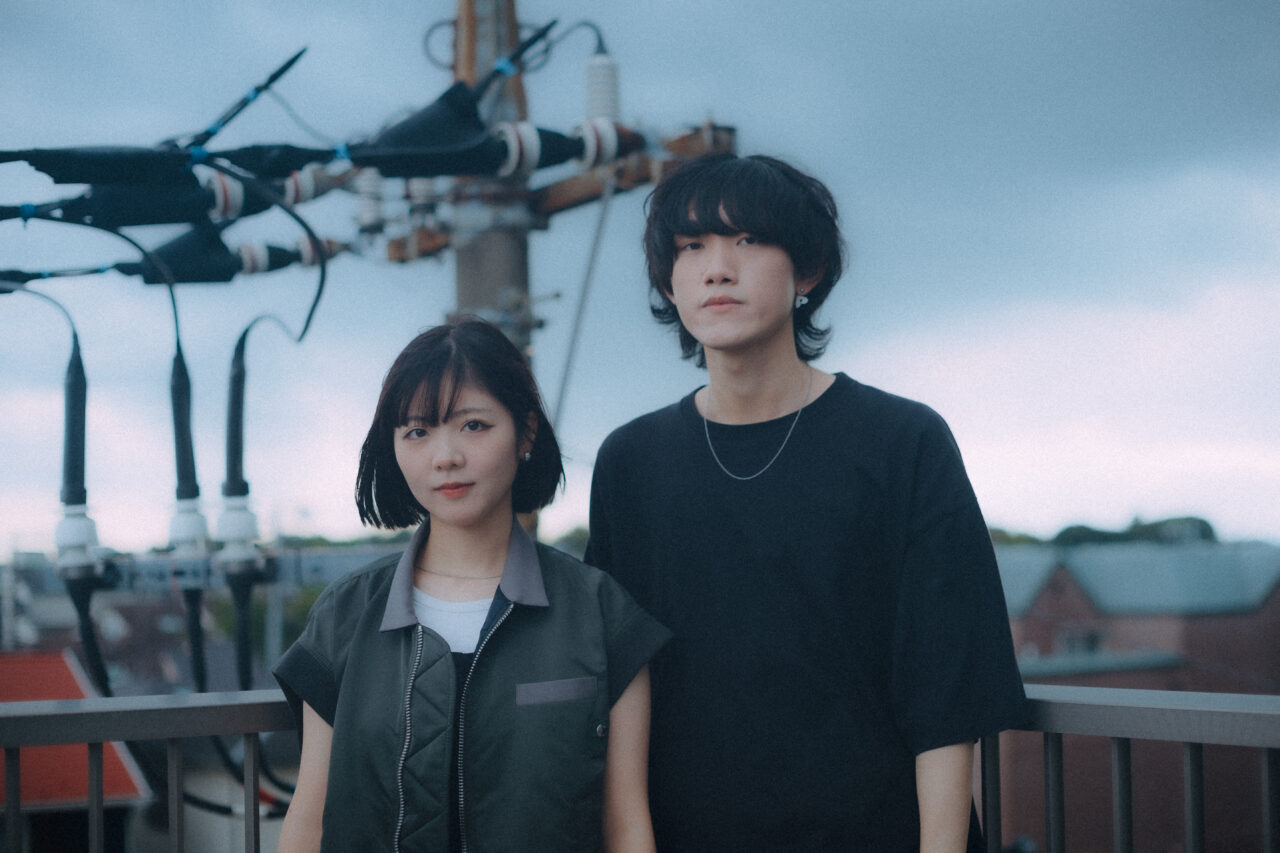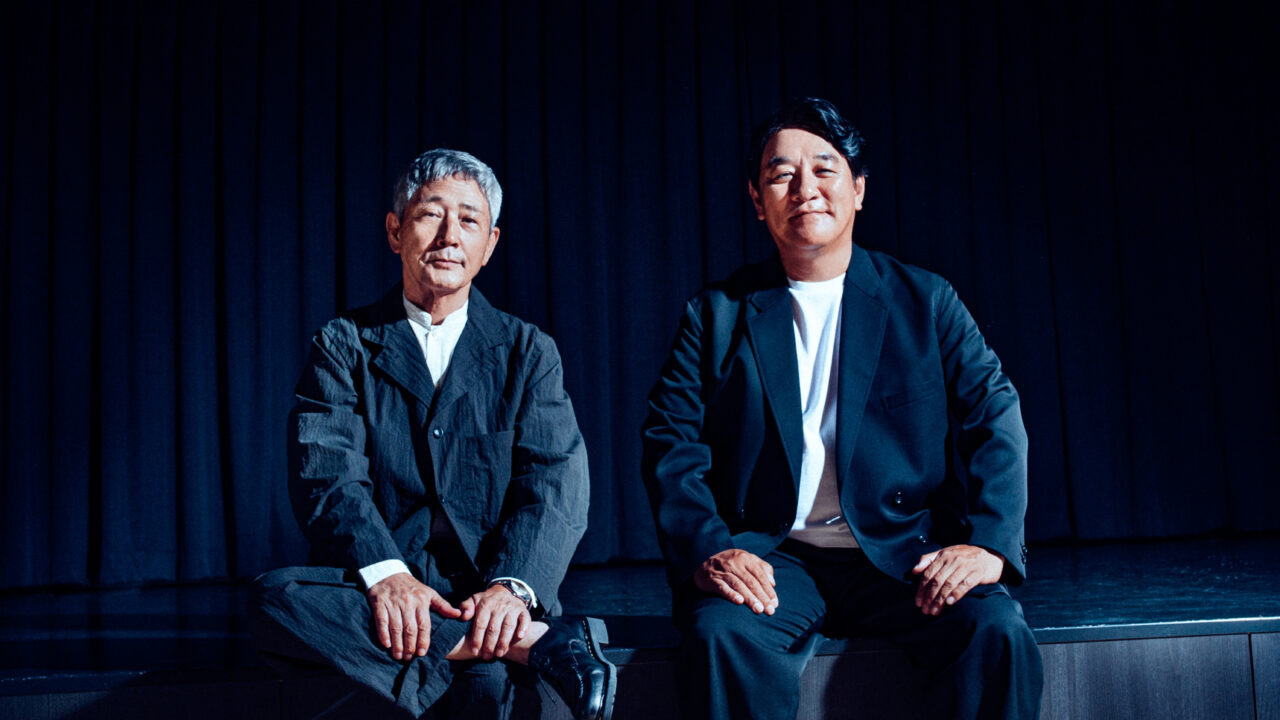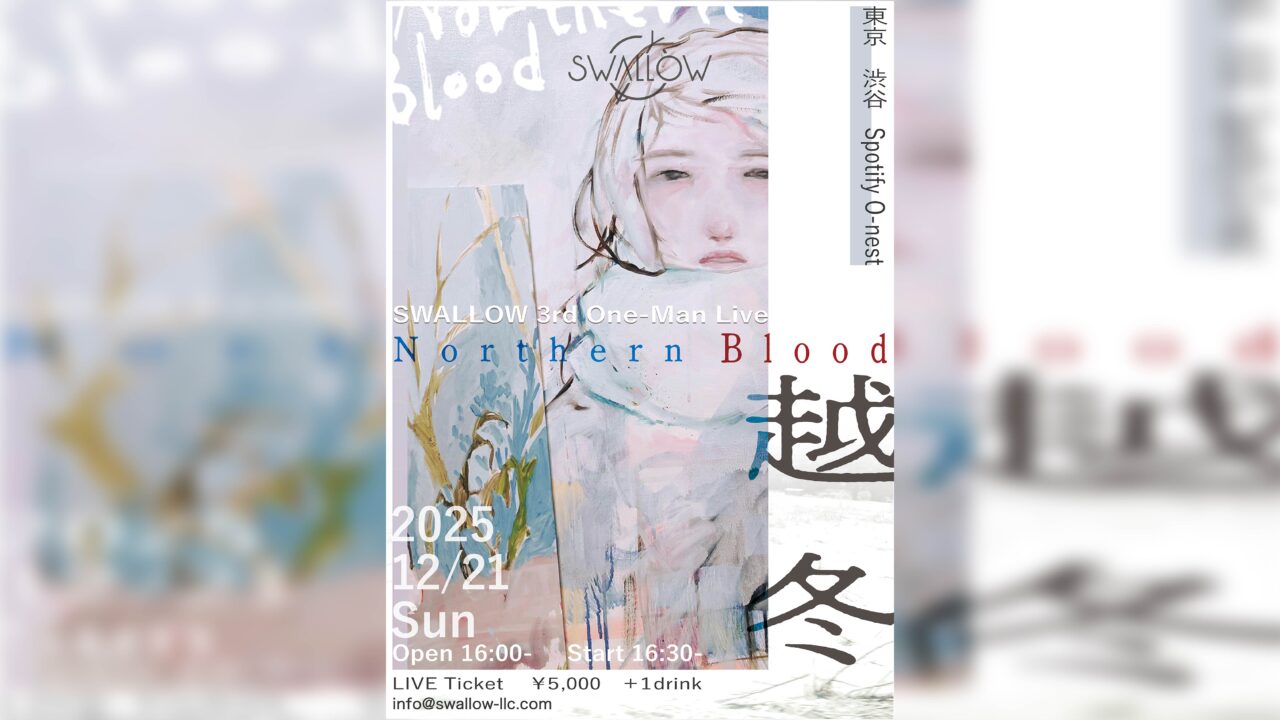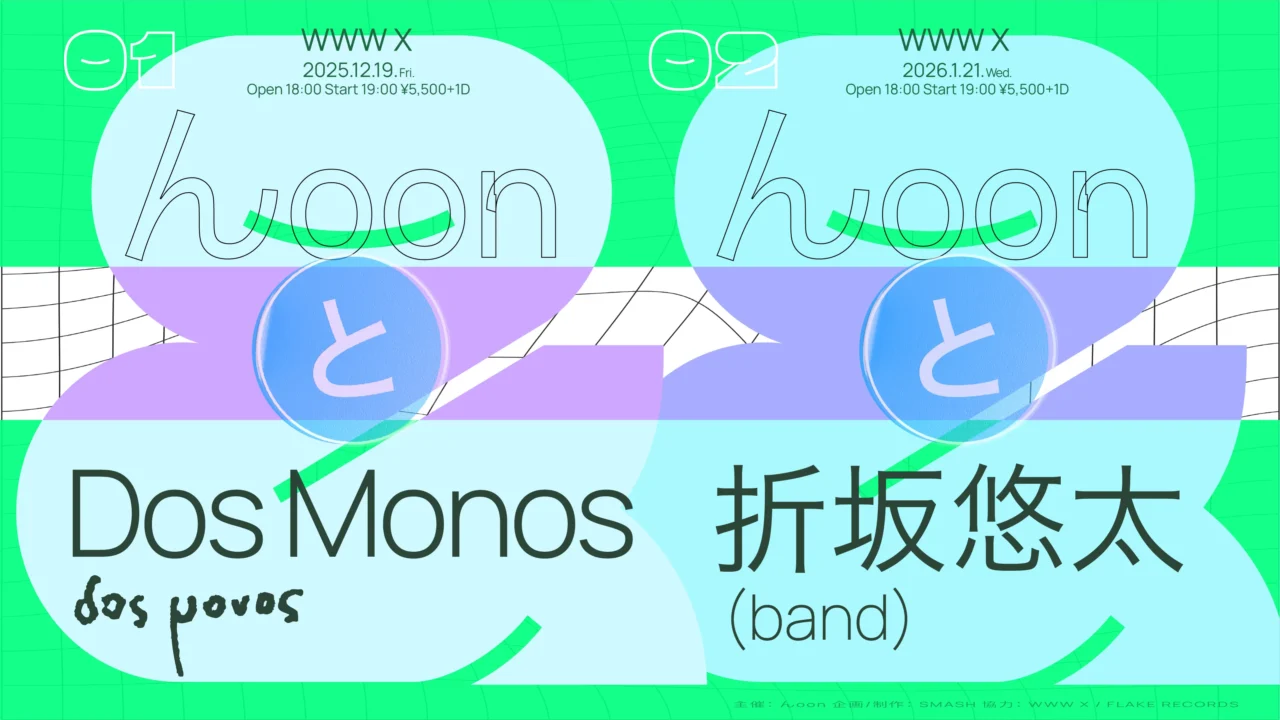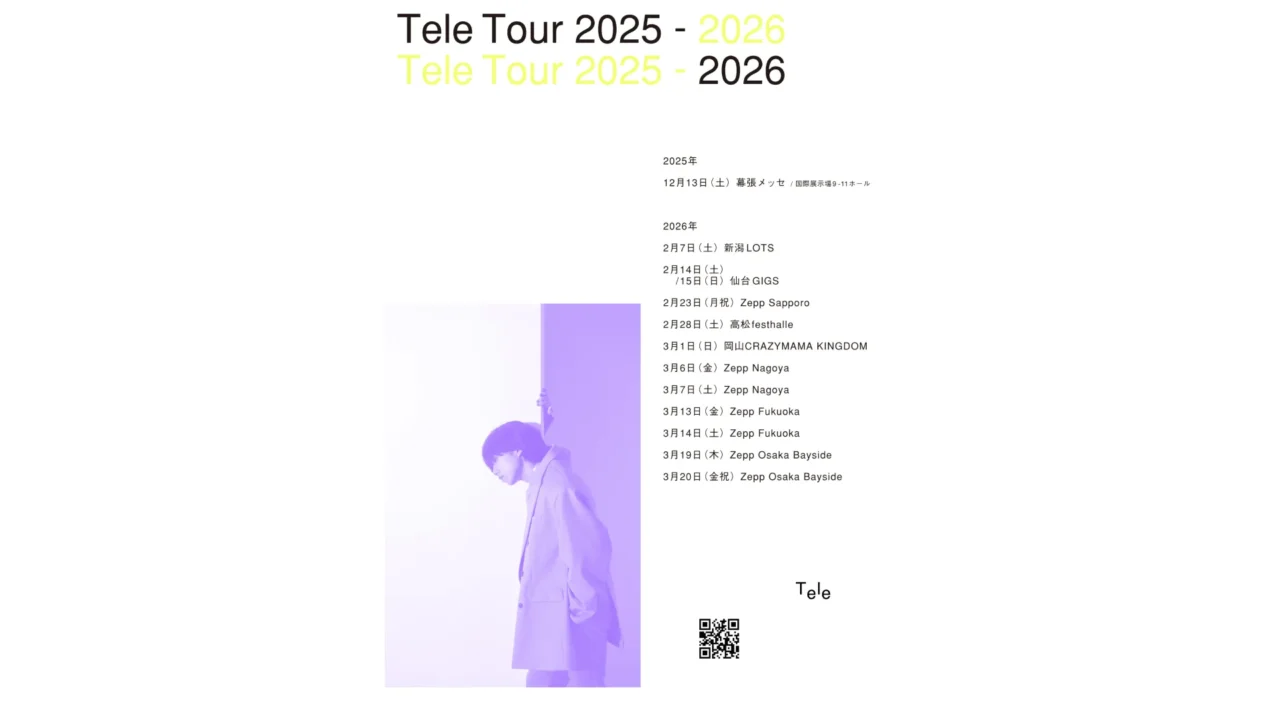INDEX
Naoko Yamada’s Kindness Evident in Both ‘A Silent Voice’ and ‘The Colors Within‘
In ‘A Silent Voice‘ communication is portrayed as sometimes distorted and hurtful. The boy who once bullied others continues to carry the burden of his guilt, unable to forgive himself or others, while the girl who was bullied expresses her self-loathing with statements like “I hate myself.”
In contrast, ‘The Colors Within’ depicts how overflowing emotions can be transformed into something positive and highlights the strength in being able to say “I love what I love,” as previously mentioned. This positive portrayal of emotions is the key reason why ‘The Colors Within’ can be seen as an answer to ‘A Silent Voice.’
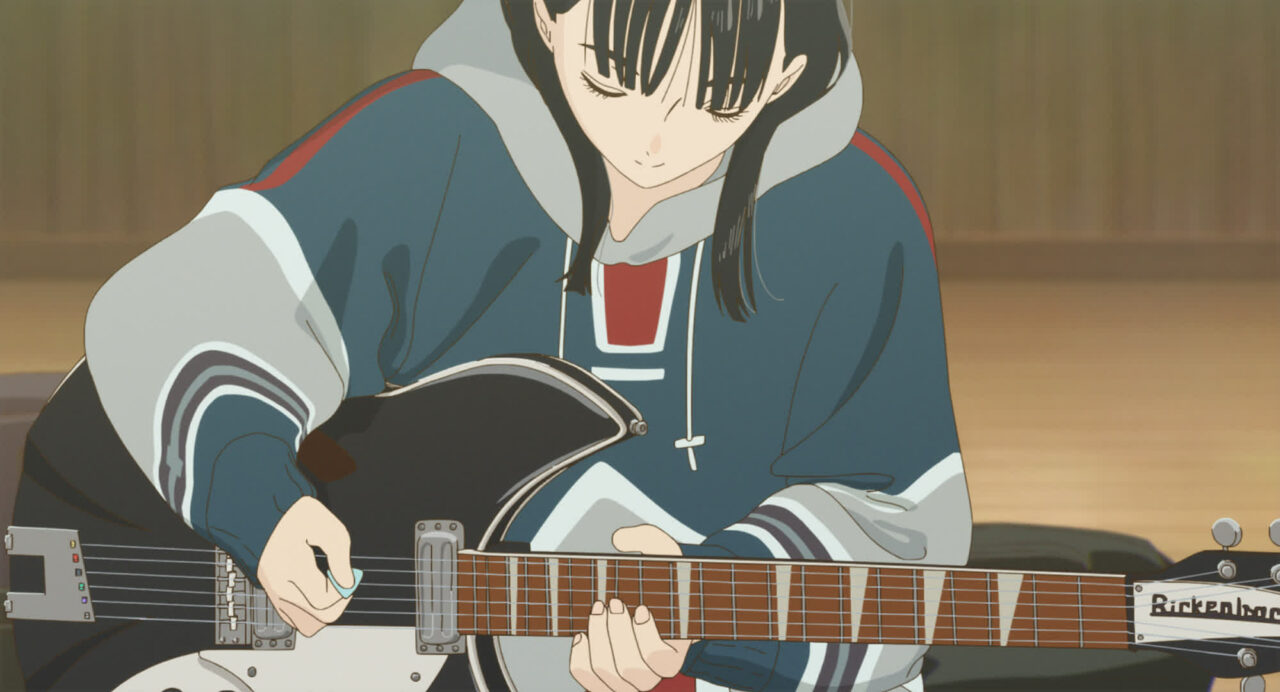
Director Naoko Yamada shared, “While I lack confidence in myself, I believe it’s crucial not to blame others for my situation. This approach was central to the creation of ‘The Colors Within.'” She also noted that Reiko Yoshida’s scripts reflect a fundamental belief that “struggling to resolve issues independently, which can be seen as both a weakness and a strength, is a consistent theme across all her works.”
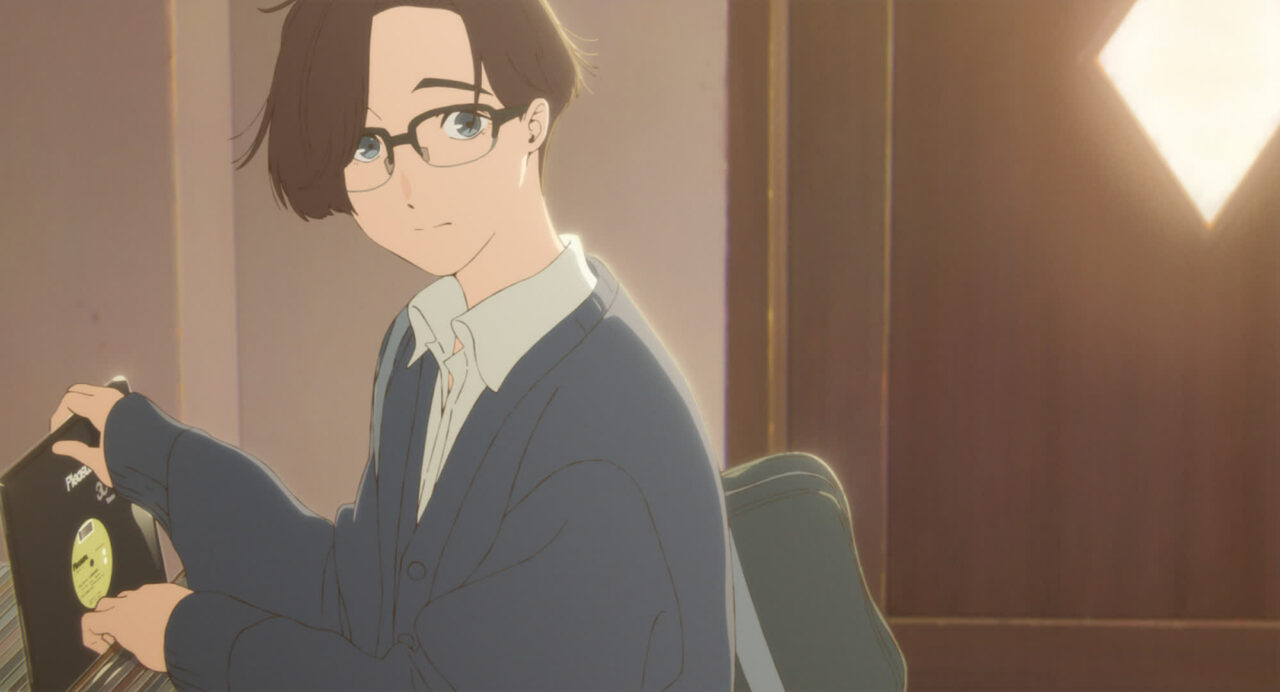
In the works of director Naoko Yamada and scriptwriter Reiko Yoshida, there’s a recurring theme of characters struggling with self-doubt while striving to handle challenges on their own. Despite their strong sense of personal responsibility, these characters often face the reality that some issues cannot be resolved alone. Their stories highlight how meaningful communication with others can lead to solutions and positive emotions. This compassionate portrayal of life’s complexities is particularly evident in both “A Silent Voice” and ‘The Colors Within.’







